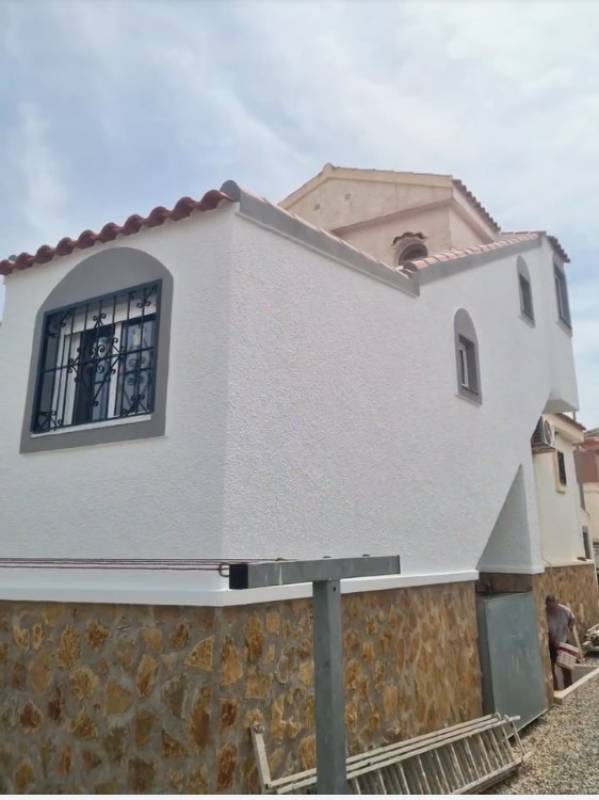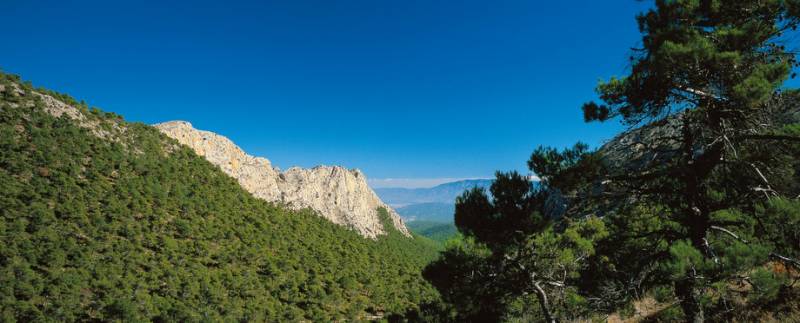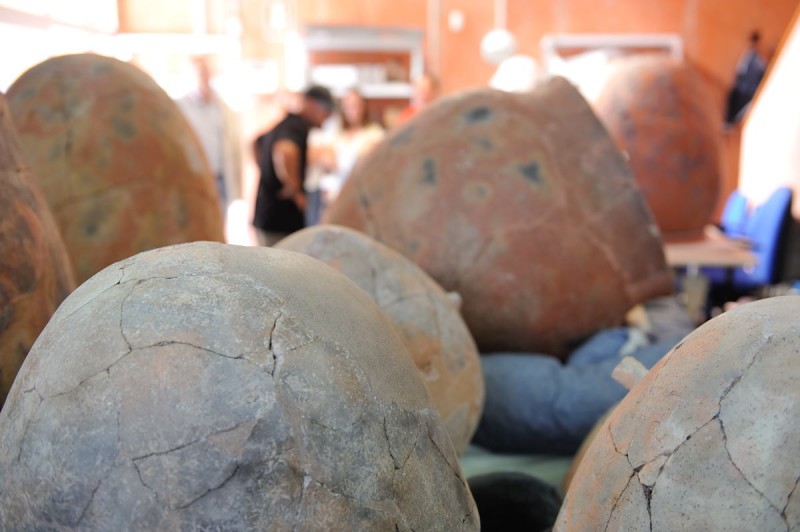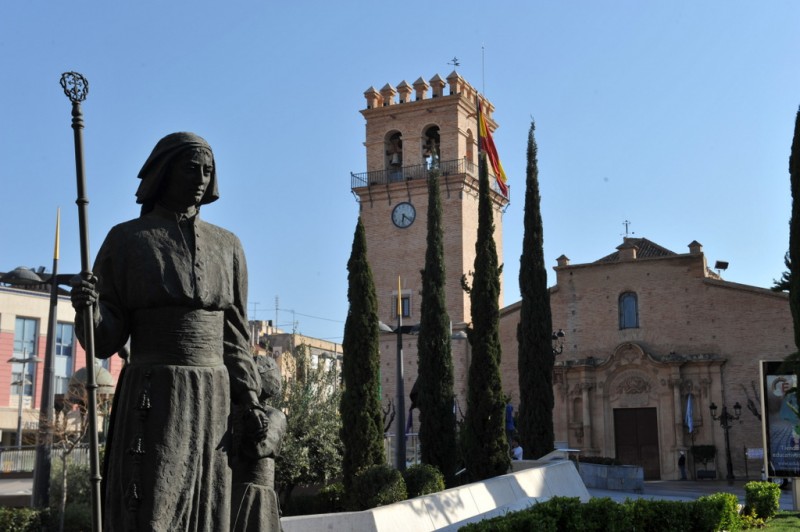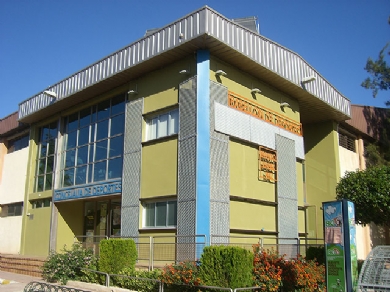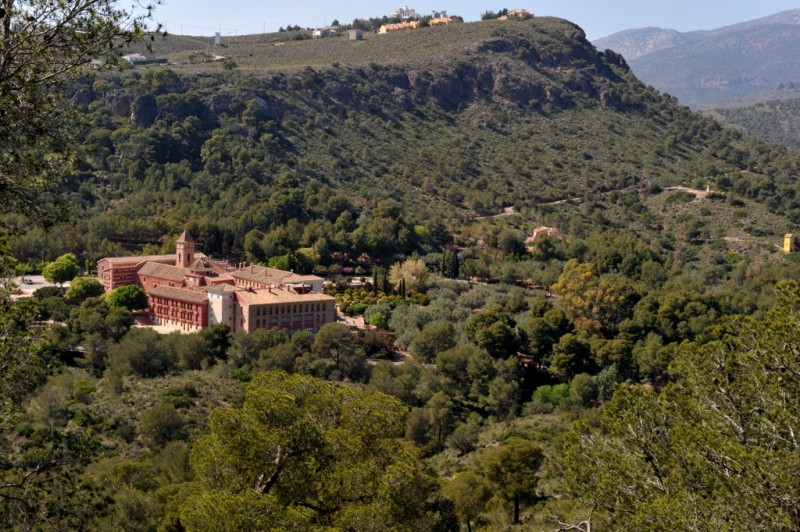-


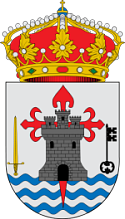
 Welcome To
Welcome To Totana
Totana


 Welcome To
Welcome To Totana
Totana


 Welcome To
Welcome To Totana
Totana article_detail
article_detail

 Welcome To
Welcome To Totana
Totana- Region
- Águilas
- Alhama de Murcia
- Jumilla
- Lorca
- Los Alcázares
- Mazarrón
- San Javier
-
ALL AREAS & TOWNS
- AREAS
- SOUTH WEST
- MAR MENOR
- MURCIA CITY & CENTRAL
- NORTH & NORTH WEST
- TOWNS
- Abanilla
- Abarán
- Aguilas
- Alamillo
- Alcantarilla
- Aledo
- Alhama de Murcia
- Archena
- Balsicas
- Blanca
- Bolnuevo
- Bullas
- Cañadas del Romero
- Cabo de Palos
- Calasparra
- Camping Bolnuevo
- Campo De Ricote
- Camposol
- Canada De La Lena
- Caravaca de la Cruz
- Cartagena
- Cehegin
- Ceuti
- Cieza
- Condado de Alhama
- Corvera
- Costa Cálida
- Cuevas De Almanzora
- Cuevas de Reyllo
- El Carmoli
- El Mojon
- El Molino (Puerto Lumbreras)
- El Pareton / Cantareros
- El Raso
- El Valle Golf Resort
- Fortuna
- Fuente Alamo
- Hacienda del Alamo Golf Resort
- Hacienda Riquelme Golf Resort
- Isla Plana
- Islas Menores & Mar de Cristal
- Jumilla
- La Azohia
- La Charca
- La Manga Club
- La Manga del Mar Menor
- La Pinilla
- La Puebla
- La Torre
- La Torre Golf Resort
- La Unión
- Las Palas
- Las Ramblas
- Las Ramblas Golf
- Las Torres de Cotillas
- Leiva
- Librilla
- Lo Pagan
- Lo Santiago
- Lorca
- Lorquí
- Los Alcázares
- Los Balcones
- Los Belones
- Los Canovas
- Los Nietos
- Los Perez (Tallante)
- Los Urrutias
- Los Ventorrillos
- Mar De Cristal
- Mar Menor
- Mar Menor Golf Resort
- Mazarrón
- Mazarrón Country Club
- Molina de Segura
- Moratalla
- Mula
- Murcia City
- Murcia Property
- Pareton
- Peraleja Golf Resort
- Perin
- Pilar de la Horadada
- Pinar de Campoverde
- Pinoso
- Playa Honda
- Playa Honda / Playa Paraíso
- Pliego
- Portmán
- Pozo Estrecho
- Puerto de Mazarrón
- Puerto Lumbreras
- Puntas De Calnegre
- Region of Murcia
- Ricote
- Roda Golf Resort
- Roldan
- Roldan and Lo Ferro
- San Javier
- San Pedro del Pinatar
- Santiago de la Ribera
- Sierra Espuña
- Sucina
- Tallante
- Terrazas de la Torre Golf Resort
- Torre Pacheco
- Totana
- What's On Weekly Bulletin
- Yecla


- EDITIONS:
 Spanish News Today
Spanish News Today
 Alicante Today
Alicante Today
 Andalucia Today
Andalucia Today
article_detailThe Iglesia de las Tres Avemarías in Totana
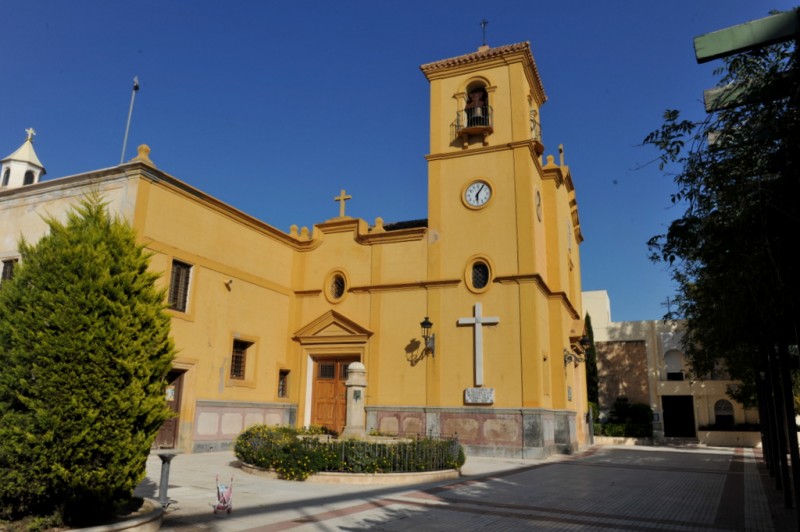
The church and monastery of the Tres Avemarías dates from the early 17th century
This 17th century church and monastery in the town centre of Totana is now owned by the Capuchin Order of monks, an offshoot from the Franciscans, and dates from a time when the town suffered from endemic poverty, frequent famine and disease.
It was within this context that various religious orders established themselves in Totana to spread charity and good deeds, at the same time providing a convenient means by which the wealthier inhabitants could save their souls by funding the brothers’ activities (see the history of Totana). Some of the funds acquired in this way went towards the construction of the original monastery in the 17th century, following the arrival of a community of friars in 1604, although it was not until the end of the 19th century that the property was acquired by a local priest and subsequently donated to the Capuchins.
The church and monastery were originally dedicated to San Buenaventura when they were inaugurated in 1604, and were placed in the charge of the Alcantarine Franciscans. However, the church was also placed at the disposal of the local authorities to meet the need for a larger place of worship than the church of Santiago, which had become too small for the growing population.
Over two centuries later members of the religious orders established in Totana were forced to leave the town by the invasion of Napoleon’s troops, but in one way this turned out to be a blessing in disguise, as when they returned after the war ended the building was fully restored and renovated. Nonetheless, the invaders had looted the premises, taking silver and golf objects, chalices and reliquaries while the monastery acted as a garrison for men and horses alike, and many images and statues of great value were lost forever.
Further misfortune was to come later in the century, and in 1835, as part of the nationwide expropriation of religious properties, the monks were thrown out and the building was taken over by the government. This was only the case, though, of the living quarters and the vegetable garden, and the church itself remained open and in use.
It was not until 1899 that the monastery was taken over by the Capuchino monks, led by Father Melchor of Benissa, who turned the building into a local religious and cultural centre at the heart of life in Totana.
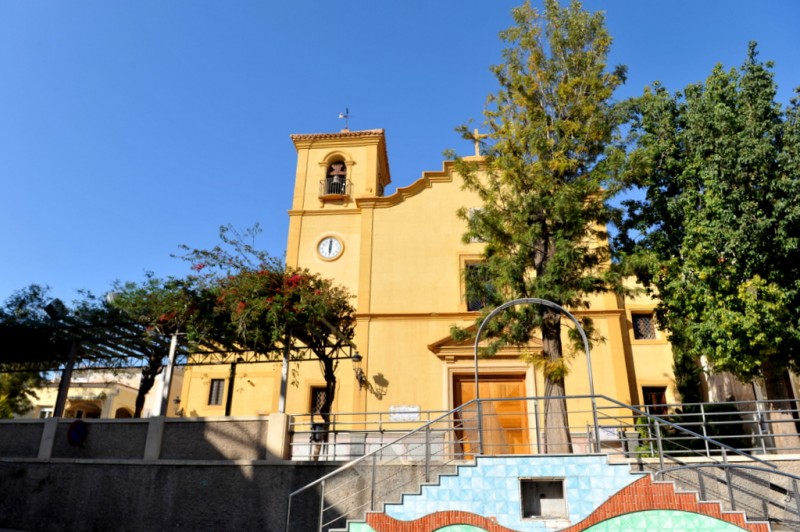
Architecture
In terms of architecture, the exterior of the church is impressive but plain, and is dominated by the tower which stands to one side of the main façade. As was often the case in rural areas of Murcia in the past, the purpose of this tower was originally two-fold; not only does it represent the church reaching up to the heavens, it also ensured that the clock could be seen and the bells heard in and around the town, making it possible to organize life in the community around specific timetables and irrigation rotas.
Inside, the single nave is flanked by a series of inter-connected side chapels, and the ceiling is decorated with geometric designs and painted images. The main altar features the image of the Three Ave Marías, as well as the paintings by Vila, and from the Capilla del Cristo de la Sangre it is possible to reach the well-preserved 17th-century crypt.
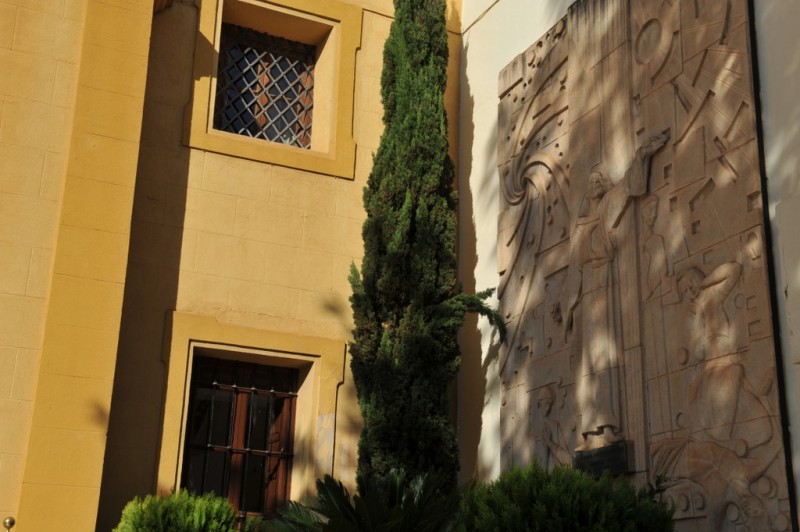
Works of religious art
Among the numerous works of religious art inside the church it is possible to see a mix of classical and modern styles, including stained glass windows created by Father Rafelbuñol and two paintings by Senen Vila. These are placed on either side of the altar screen, and represent San Buenaventura and San Pedro Alcántara, the founder of the Alcantarine Order.
But the most important works are generally considered to be the sculpture of San José con el Niño, which is attributed to Roque López (one of the colleagues of the great Francisco Salzillo in the 18th century) and another figure showing San Francisco de la Cruz, also from the 18th century. Salzillo himself provided a figure of San José for the church, but this was almost completely burnt during the Civil War (1936-39) and only the head and hands remained to be used in the restoration work carried out by Sánchez Lozano.
Other works include the figures of the Abrazo de San Francisco by Oscar Bru, the image of Jesús Nazareno by Antonio Ruiz, the figure of Cristo de la Sangre by Venancio Marco, the image of Santa Eulalia by Anastasio Martínez (hijo), the Cristo de Medinacelli by Efraín Gómez and the image of San Antonio de Padua, which belongs to the Granada school of sculpture in the 16thy century.
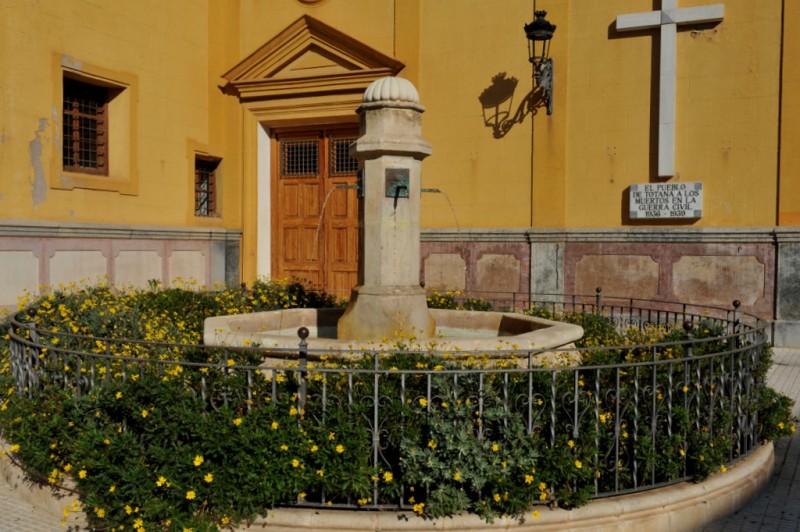
Visiting the Iglesia de las Tres Avemarías
The church of the Tres Avemarías is open to the public every afternoon, although at varying times.
The building stands in the Plaza Glorieta del Convento on the northern side of the Rambla which runs through Totana, behind the main municipal park: click for map location.
Telephone:
Convento de las Tres Aves Marías 968 424 867
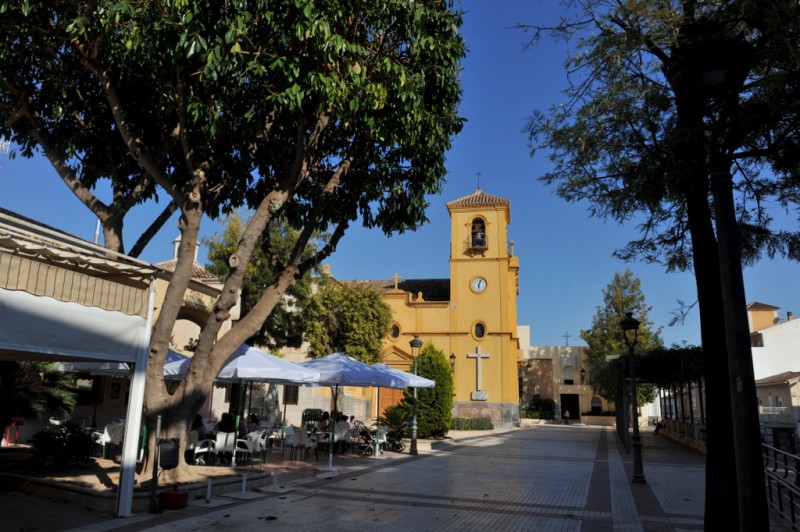
Lovely place for a coffee
Although this is essentially a religious location, it's also a lovely place to head for a coffee, as the convent itself is set back from the road and joins with a large plaza, and shaded walkway, which has a café in a beautiful and tranquil location.
Click here for more information about the Totana municipality
article_detail
article_detailContact Murcia Today: Editorial 000 000 000 / Office 000 000 000

To be listed on the CAMPOSOL TODAY MAP please call +34 .

To be listed on the CONDADO TODAY MAP please call +34 .

Guidelines for submitting articles to Camposol Today
Hello, and thank you for choosing CamposolToday.com to publicise your organisation’s info or event.
Camposol Today is a website set up by Murcia Today specifically for residents of the urbanisation in Southwest Murcia, providing news and information on what’s happening in the local area, which is the largest English-speaking expat area in the Region of Murcia.
When submitting text to be included on Camposol Today, please abide by the following guidelines so we can upload your article as swiftly as possible:
Send an email to editor@camposoltoday.com or contact@murciatoday.com
Attach the information in a Word Document or Google Doc
Include all relevant points, including:
Who is the organisation running the event?
Where is it happening?
When?
How much does it cost?
Is it necessary to book beforehand, or can people just show up on the day?
…but try not to exceed 300 words
Also attach a photo to illustrate your article, no more than 100kb



